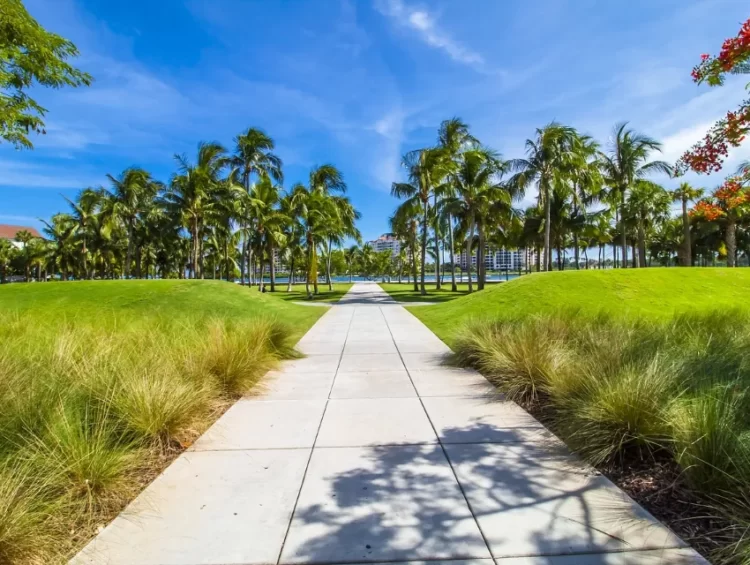Before you travel to Hawaii, read and consider these fourteen things mentioned below in this blog.
Hawaii’s omnipresent culture of laziness, where there is no need for advance planning and no burden of daily worries, is one of the delights of traveling there.
If visiting Hawaii is on your bucket list and you’re looking around the web for inspiration, or if your flight is already booked and your bags are packed, reading our list of things to know before going to Hawaii will be very helpful.
Learn to Speak Hawaiian
It is regarded as a sign of respect to learn and use a few basic words and phrases in the native Hawaiian language. It demonstrates that you’ve taken the time to research the way of life and are eager to engage in respectful conversation with the locals while you’re on the island.
Hawaiian is typically a language that locals enjoy teaching to curious visitors. Hawaiian proficiency is not necessary because English is a widely used language.
Decide the Best Time to Go
Hawaii’s pleasant weather allows visitors to travel whenever they want. There are no extremes because cooling trade winds blow all year long, although it may be a little bit rainier and hotter in the winter and summer, respectively.
Although the winter (mid-December to mid-April) is the busiest travel period, this is more a function of the local weather since many travelers are snowbirds trying to escape the cold at home.
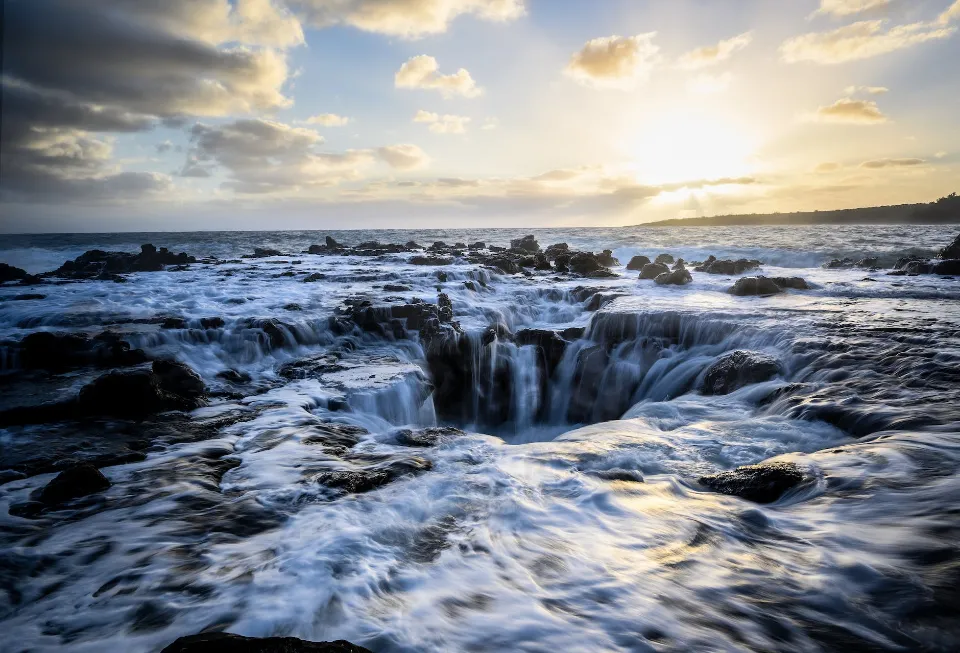
From June through August, large numbers of families take summer vacations. Around major holidays, such as Thanksgiving, Christmas, New Year’s, and spring break/Easter, rooms can become scarce and prices can increase.
The slowest periods for travelers on a tight budget are from mid-September to mid-November, as well as the weeks from immediately following Easter until Memorial Day at the end of May. During these times, you are more likely to find affordable hotels and flights.
While summer offers the best windsurfing conditions, winter is when surfers will find the biggest waves. Only the months of January through March typically have whale-watching tours.
Leave Your Slippers at the Door
The custom of taking off one’s shoes before entering a home is something you’ll notice; it was introduced by Japanese immigrants. The majority of Japanese homes are constructed a few feet above the chilly, soggy ground.
To avoid bringing dirt and germs inside, people take off their shoes at the ground level and enter the house from there while wearing socks. Removing footwear also indicates they are entering the house with “clean” thoughts and spirits.
Not Every Local Person is Hawaiian
The Polynesians are thought to have first settled on the island of Hawaii, which has been inhabited since 124 AD. The people who arrived later and who many would consider being Hawaiians claim native ancestry to the land.
On the island, not every resident is a Hawaiian, though. Hawaii experienced a wave of immigration in the 1800s, which contributed to the islands’ current rich diversity of inhabitants. In order to show respect, be careful not to confuse Hawaiians with long-time residents.
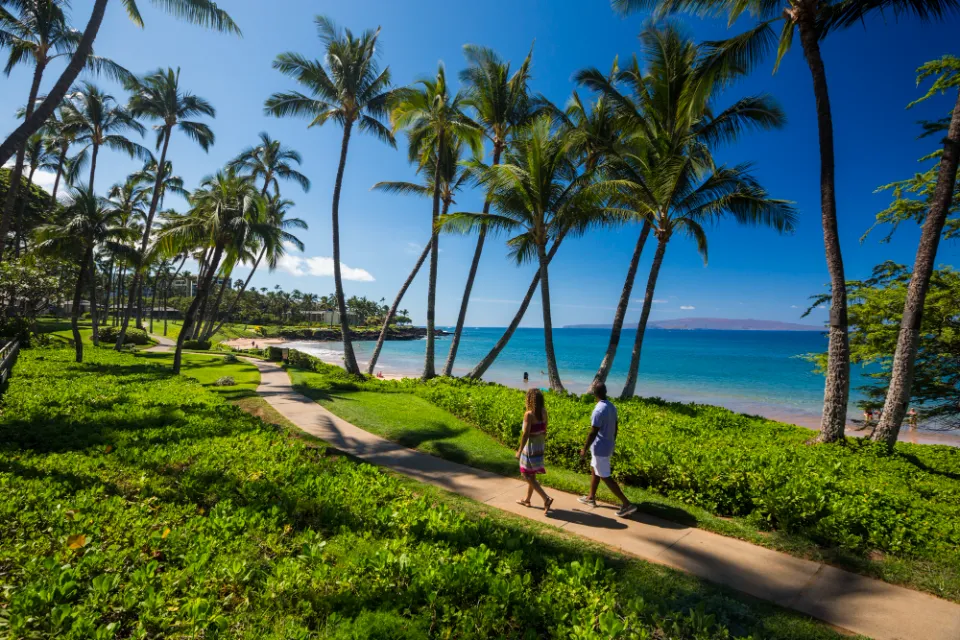
Make Some Reservations in Advance
Despite Hawaii’s general laissez-faire attitude, which includes not making extensive plans in advance, there are a few situations where you might want to make reservations in advance.
Before you travel to the islands, make reservations at renowned Honolulu eateries that are well-liked by locals. The free tickets for the boat to the USS Arizona Memorial at Pearl Harbor are quickly snapped up. 60 days prior to your visit, make an online reservation.
Driving and Traffic
Driving in Hawaii is equally relaxed. When fellow driver shows them courtesy, the kamaaina will wave to show their appreciation rather than using their horn. Plan your day trips carefully because there may be bad traffic, particularly on Oahu.
Avoid traveling on the highways between 6 and 9 a.m. during morning and afternoon rush hours. and 3 to 6 p.m. on weekdays. Weekends, holidays, and times when school is not in session see less traffic.
Ocean Safety
Although the Pacific is welcoming and comfortable, it can also be erratic. Swim on beaches where lifeguards are present. Always go into the water with a buddy, and be alert; locals say, “Never turn your back to the ocean,” and that’s great advice. Beach hazard rating signs should be observed, and warnings and closures should be observed as well.
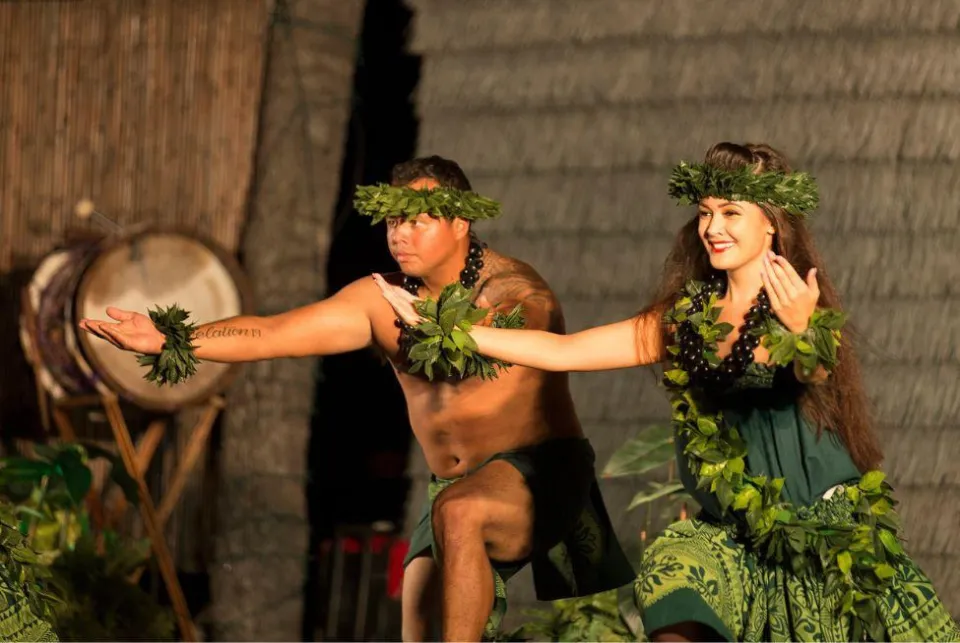
Respect Hawaiian Culture
Hawaiian culture, which developed from ancient Polynesian customs, was attacked and suppressed in the two centuries that followed Captain Cook’s arrival as a British colonist in Hawaii in 1778. However, a revival of Native Hawaiian cultural and artistic traditions has emerged, starting with the Hawaiian Renaissance in the 1970s.
Hawaiian language immersion programs in public schools and charter schools that focus on Hawaiian culture are both well-liked throughout the islands, and traditional arts are enjoying a renaissance.
Restoration work is being done on historic heiau (temples) and fishponds, native forests are being planted, and endangered birds are being bred and released into the wild.
Know Your ʻokina
The glottal stop in the Hawaiian language called an okina, affects how words are pronounced and understood. More and more, the word “Hawaii” (with the okina) is used to refer to the Big Island, the original island of Hawai’i, as well as to the pre-statehood Kingdom of Hawai’i.
The US territory that became a state in 1959 is referred to as Hawaii (without the okina), although the spelling with the okina is increasingly used for the state and place names.
Bring Your Own Bag
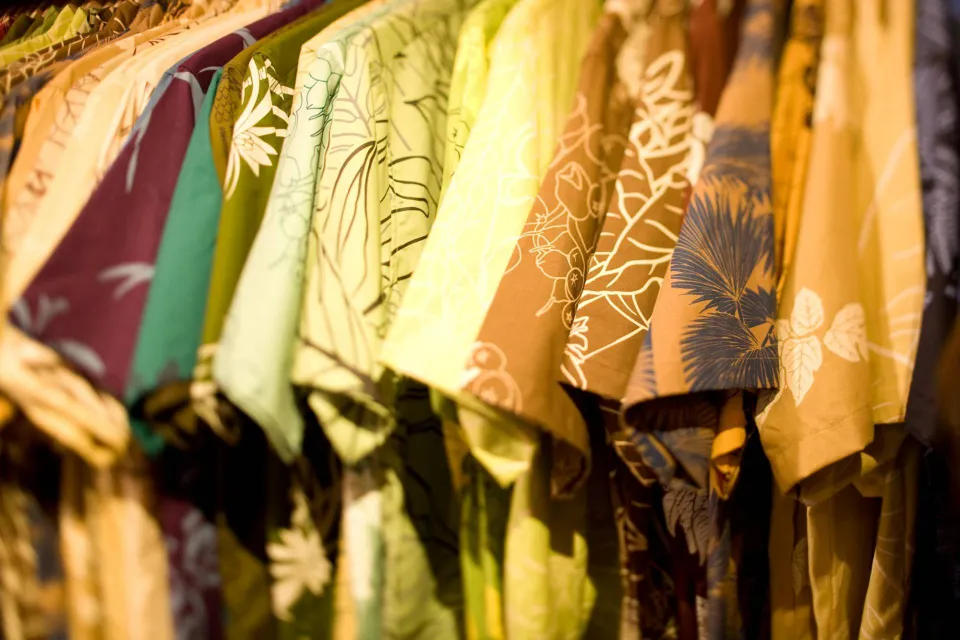
Be aware that due to environmental concerns, Hawaii has banned plastic bags. Many marine animals get tangled in it or eat it (a fatal error because it blocks their digestive tracts), which causes it to contribute significantly to the enormous garbage patches floating in the ocean.
The store will charge you 15 cents for each reusable bag it gives you for your purchases if you don’t bring your own bags when you shop. Additionally, prices are generally higher than in the United States mainland. because goods have to be shipped here.
Keep Your Distance from Marine Life
Although Hawaii is home to many beautiful sea creatures, it’s important to respect marine life and its habitats because human interference could have detrimental effects. The humpback whale, Hawaii’s state marine mammal, must be kept at least 100 yards away from by all ocean users according to federal law.
The suggested viewing distance for other marine life, such as dolphins, the endangered green sea turtle, and monk seals, Hawaii’s state mammal, is 50 yards from the shore. Additionally, keep in mind that it is forbidden to get close to, handle, or feed any marine mammal or sea turtle in the wild.
Furthermore, since coral, another marine animal builds reefs, kindly refrain from stepping on or removing any portions of them.
Protect the Natural Environment
Hawaiians have a deep love and respect for the natural world, which is similar to how they feel about various sacred sites. For many Hawaiians, environmental awareness and safeguarding the ‘aina (land) are of utmost importance.
To combat this, laws have been made banning plastic bags and questionable sunscreen. It is advised to practice as much environmental stewardship as you can while visiting Hawaii (and after you return home, for that matter).
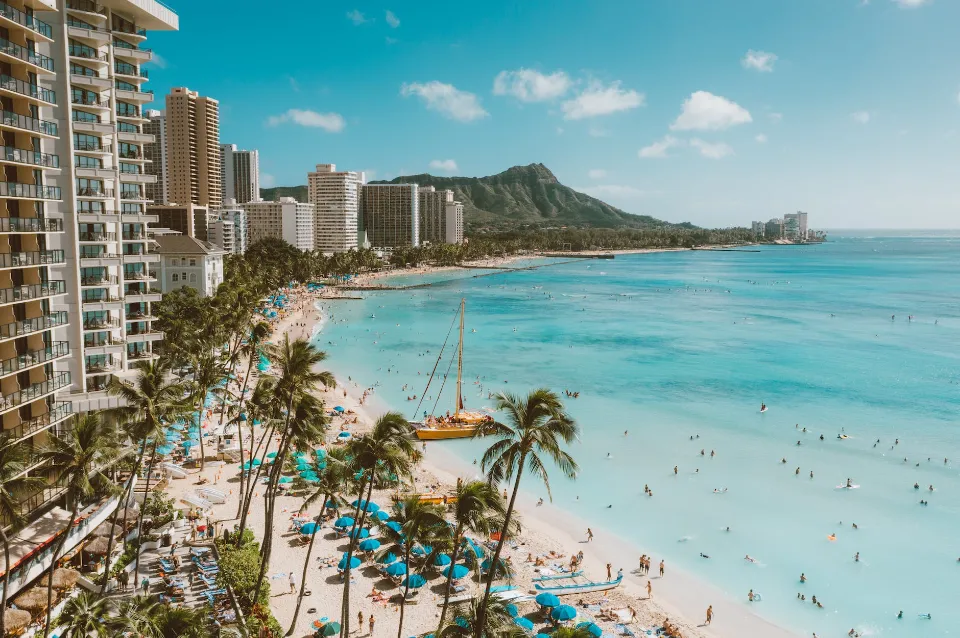
Research Beaches
In the Hawaiian Islands, there are a ton of beaches. Though not everyone finds the perfect beach. Some beaches, for instance, might be more accessible or family-friendly than others, or they might have safer swimming.
We suggest doing some research on your chosen beach destination in advance to ensure that you won’t be dissatisfied when you arrive before you leave for the day or book a tour.
Learn the Local Surfing Etiquette
Residents are usually willing to share surf spots that have become popular tourist destinations, but they reserve the right to protect other “secret” surf grounds. Don’t anticipate catching every wave that comes your way as a newcomer to the lineup.
There is a clear hierarchy, and tourists are, quite simply, at the bottom. However, generally speaking, if you wave, someone will wave back. Be kind to one another in the water, recognize your place, and smile while surfing. For an introduction, ask a local at well-known spots where surfers are known to be fiercely territorial, like Oahu’s Banzai Pipeline.
Final Words: before Traveling to Hawaii
Knowing what to pack and how to get ready prior to your trip to Hawaii is the first step to having a good time there. Here are a few of the top things you should know before traveling that we listed above.
FAQs
Do You Need a Covid Test to Enter Hawaii If You Are Fully Vaccinated?
Hawaii’s travel policies are consistent with those of the US as a whole. Quarantine may be required for travelers from other nations and US states. Individuals who have been vaccinated in the US no longer need to take a Covid test or stay in quarantine upon arrival.
Is Hawaii Very Expensive?
A yearly income of between $70,000 and $100,000 for a single person or between $120,000 and $200,000 for a family is suggested to live comfortably in Hawaii. Living in Hawaii is expensive? Yes, Hawaii is well known for having a high cost of living because of things like housing, food, utilities, and transportation.
Is It Turbulent to Fly to Hawaii?
Extreme turbulence like the kind seen on Hawaiian Air flights is rare. However, it’s not unheard of. Severe turbulence struck the Hawaiian Airlines flight without prior notice, say the passengers.

